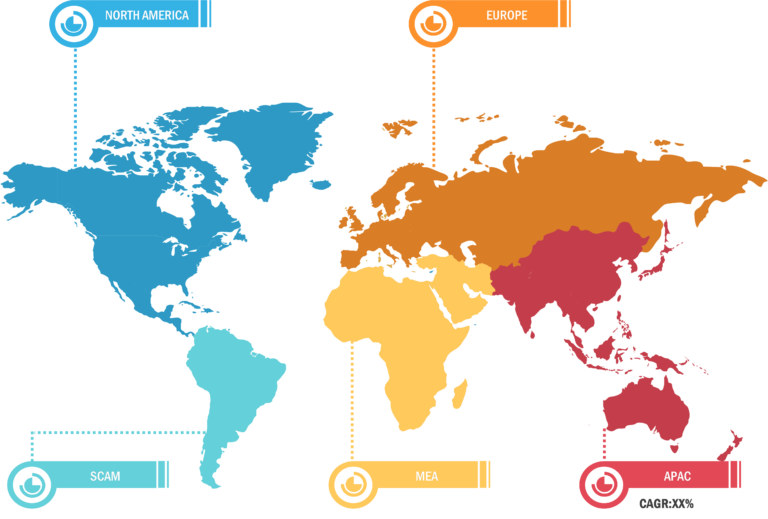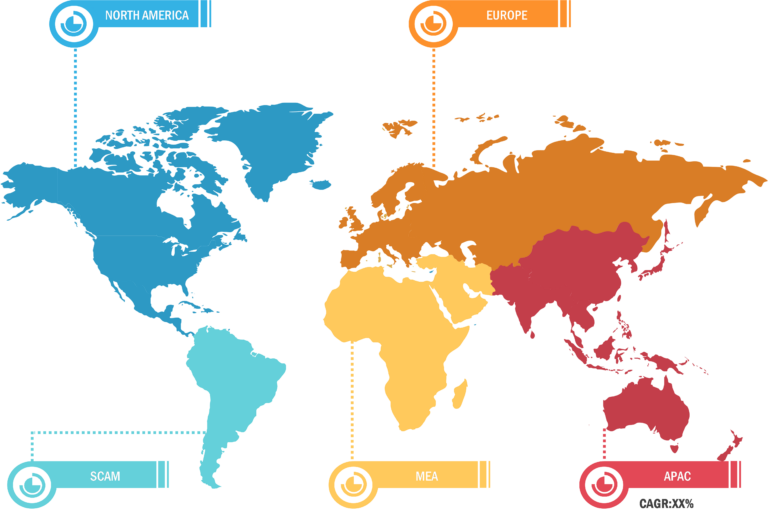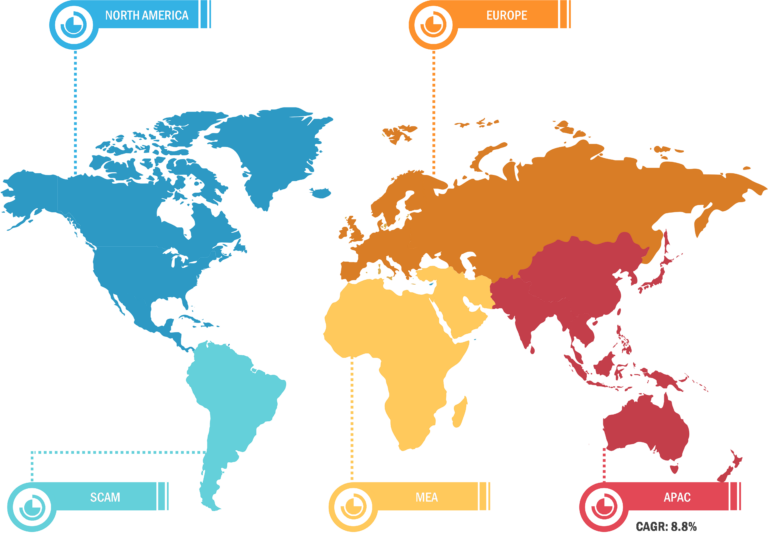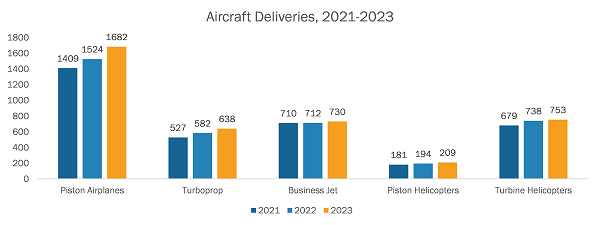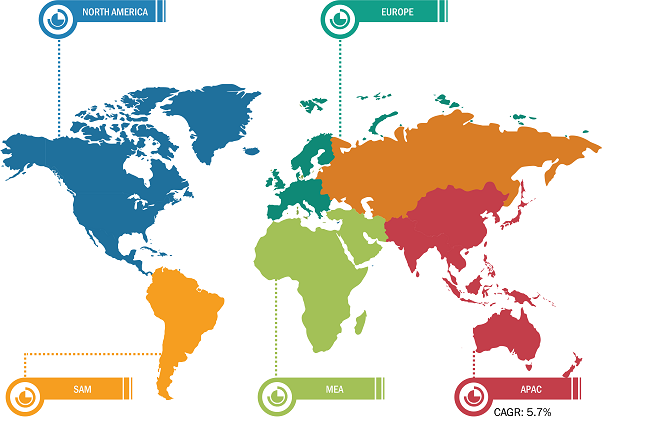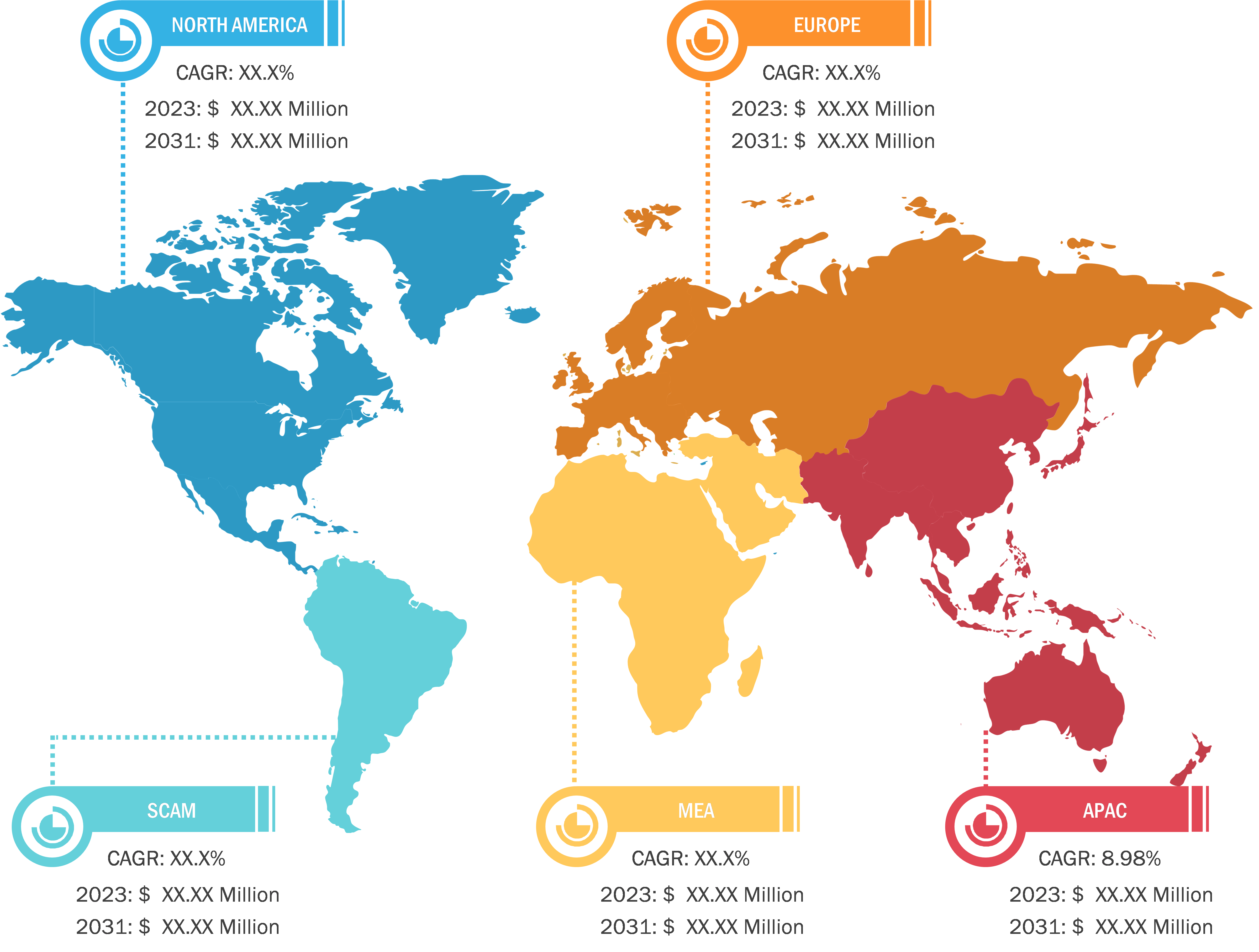
Ophthalmology Devices Market
Offerings of the ophthalmology sector entail all elements of an apt visual function, focusing both on health and ailment. Ophthalmologists specialize in diagnosing, preventing, and treating ophthalmic disorders. During a medical examination, they check for refraction, binocular vision, orthoptics, and strabismus to determine a diagnosis of a patient. The burgeoning prevalence of ophthalmic disorders is a major factor driving the market growth. According to the WHO data published in March 2022, trachoma is a public health problem in 44 countries and is accountable for the blindness or visual impairment of nearly 1.9 million people globally. Hence, the rising burden of ophthalmic disease and the increasing number of ophthalmologists are driving the growth of the market. Ophthalmology medical devices range from non-invasive diagnostic equipment and instruments to invasive devices such as contact lenses and implantable devices.
Upsurge in Incidence of Ophthalmic Disorders Drives Ophthalmology Devices Market Growth
Ophthalmic devices are designed for surgical, diagnostic, and vision correction purposes. These devices have gained substantial importance over the years due to the high incidence of cataracts, glaucoma, and other vision-related issues. According to the data published in the Indian Journal of Ophthalmology in March 2023, cataract remains a major cause of blindness in the adult population as nearly 15 million people (45% of the total population) suffer from this disease. Also, as per the data retrieved from the National Blindness and Visual Impairment (NPCB and VI) survey, 2015–2019, the disease contributes to 66.2% of blindness and 71.2% of visual impairment in the Indian population aged more than 50. The adult population is more prone to ophthalmic disorders. According to the Glaucoma Research Foundation 2024, ~3 million Americans and ~80 million people worldwide suffer from glaucoma. Hence, the rising burden of ophthalmic diseases such as cataracts among adult and older populations propels the need for vision care devices (contact lenses, spectacle lenses, etc.), diagnostics and monitoring devices (ophthalmic ultrasound imaging systems, fundus cameras, and so on), and surgical devices (refractive surgical devices, ophthalmic microscopes, etc.). The demand for quality eye care products is increasing with a rise in the prevalence of ophthalmic diseases across the world. Thus, a rapid rise in the prevalence of optical diseases, such as glaucoma, cataracts, and diabetic retinopathy, significantly contributes to the demand for surgical and vision care devices, thereby driving the ophthalmology devices market growth.
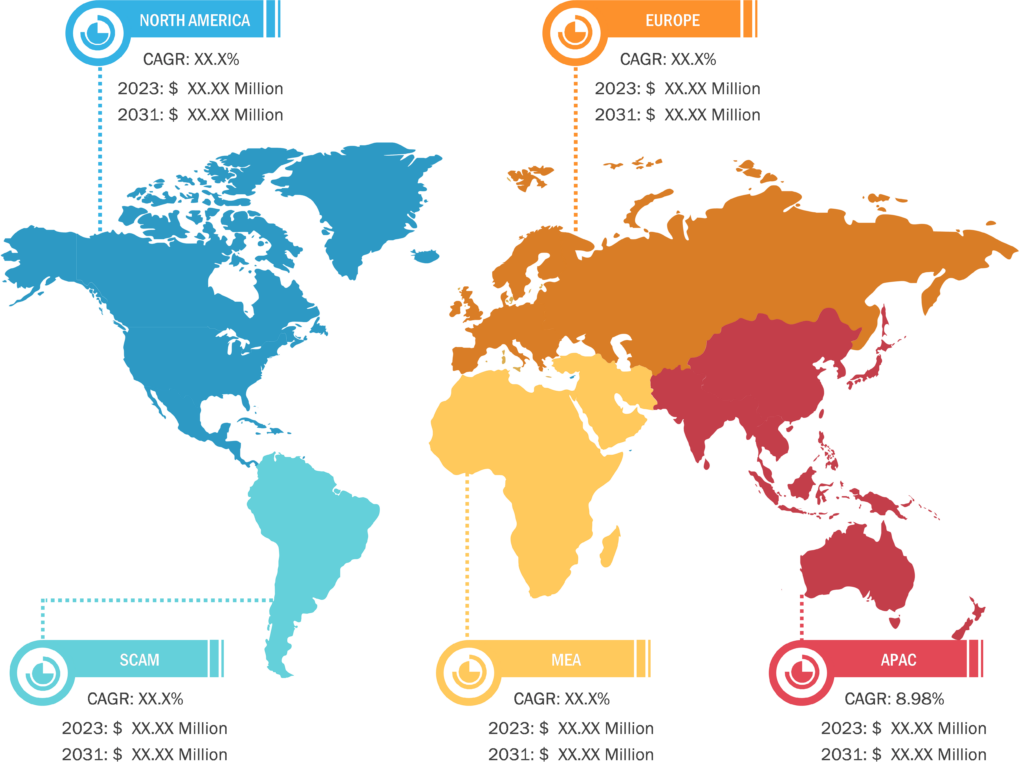
Ophthalmology Devices Market: Segmental Overview
The ophthalmology devices market is segmented on the basis of product, indication, and end user. By product, the market is categorized into vision care products, surgical devices, and diagnostics and monitoring devices. The vision care products segment held a significant market share in 2023, and it is estimated to register the highest CAGR during the forecast period. The vision care devices segment is further bifurcated into contact lenses and spectacle lenses. The diagnostic and monitoring devices segment is further divided into optical coherence tomography scanners, ophthalmic ultrasound imaging systems, fundus cameras, perimeters/visual field analyzers, autorefractors and keratometers, tonometers, optical biometry systems, ophthalmoscopes, corneal topography systems, retinoscopes, and others. The surgical devices segment is fragmented into glaucoma surgical devices, cataract surgical devices, vitreoretinal surgical devices, refractive surgical devices, ophthalmic microscopes, and ophthalmic and surgical accessories. Based on end user, the ophthalmology devices market is categorized into hospitals and eye clinics, academic and research laboratories, and other end users. The hospital and eye clinics segment held a significant market share in 2023, and it is estimated to register the highest CAGR during 2023–2031.
Ophthalmology Devices Market: Competitive Landscape and Key Developments
Alcon, Topcon, Bausch + Lomb, Carl Zeiss Meditec, Haag Streit Holding, Essilor, Johnson & Johnson Vision, Nidek Co. Ltd, Hoya Corporation, and CooperVision are a few of the key companies operating in the ophthalmology devices market. These companies focus on product innovation strategies to meet evolving customer demands, along with maintaining their brand name in the global market.
A few recent developments in the global ophthalmology devices market are mentioned below:
- In December 2023, Carl Zeiss Meditec AG acquired 100% shares of Dutch Ophthalmic Research Center (International) B.V. (DORC) from the investment firm Eurazeo SE, Paris. With this acquisition, the company had plans to enhance and complement ZEISS Medical Technology’s broad ophthalmic portfolio and range of digitally connected workflow solutions for addressing a wide variety of eye conditions, including cataracts, retinal disorders, glaucoma, and refractive errors.
- In January 2024, Rayner Group, the only manufacturer of intraocular lenses in the UK, entered into a definitive agreement and acquired This AG, a Switzerland-based developer, inventor, and manufacturer of Sophi phacoemulsification machines.
- In July 2021, Topcon Corporation acquired VISIA Imaging S.r.l, an ophthalmic device manufacturer headquartered in suburban Florence, Italy.
- In June 2024, Johnson & Johnson Vision Care launched its Abiliti brand in Hong Kong for myopia management. The solution suite comprises an overnight ortho-k therapeutic lens, a 1-day soft therapeutic lens, and the SeeAbiliti digital app, a personalized digital companion that provides safe options to help reduce the risk of myopia-related eye problems and support better vision management.
- In March 2019, Alcon, a global leader in eye care and a division of Novartis, acquired PowerVision, Inc., a privately held, US-based medical device development company focused on creating fluid-based intraocular lens implants.

